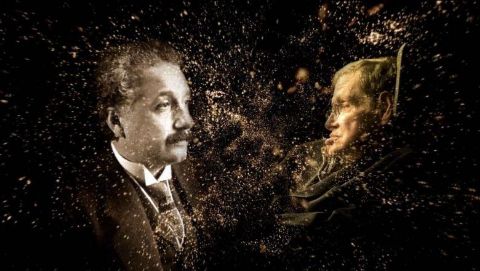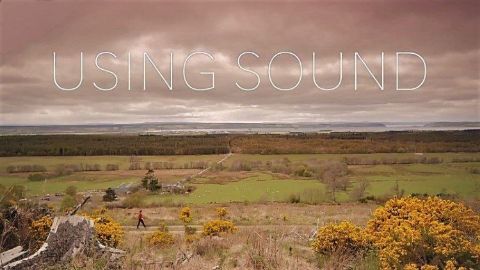You might also like
Albert Einstein and Stephen Hawking were revolutionary thinkers who changed everything we know about our universe, and using the latest discoveries, experts explore the connections between these two great minds.
2019 • Physics
When we look at the sky, we have a flat, two-dimensional view. So how do astronomers figure the distances of stars and galaxies from Earth? Yuan-Sen Ting shows us how trigonometric parallaxes, standard candles and more help us determine the distance of objects several billion light years away from Earth.
You've felt cold before. Sometimes it's cold outside. But what if I told you that "cold" isn't real? There's no substance or quantity called "cold" in science. We can't measure the amount of "cold" in something. Instead it's about what's NOT there.
Materials Science is set to define the next century of human history, and it promises to revolutionize every aspect of our lives. This film takes us on a journey where we meet the pioneers of Materials Science and see the extraordinary discoveries that are transforming the world around us.
2015 • Physics
Visiting a hidden location buried beneath the hills of Scotland, Helen experiences some of the most extreme acoustics in the world. Here she learns just how much information can be carried by sound. She discovers how sound has driven the evolution of truly incredible biological systems and complex relationships between creatures that exploit sound for hunting - and escaping from predators. Helen demonstrates how sound waves diffract (bend around objects) and in doing so help us sense danger and locate it. Helen explains how we are not limited to passively detecting sound waves; we can also use them to actively probe the world.
S1E2 • Sound Waves: The Symphony of Physics • 2017 • Physics
Hannah is going the other way by asking whether everything could, in fact, be smaller. But going smaller turns out not to be much safer... First, we shrink the Earth to half its size - it starts well with lower gravity enabling us to do incredible acrobatics, but things gradually turn nasty as everyone gets altitude sickness - even at sea level. Then we visit Professor Daniel Lathrop's incredible laboratory, where he has built a model Earth that allows us to investigate the other effects of shrinking the planet to half size. The results aren't good - with a weaker magnetic field we would lose our atmosphere and eventually become a barren, lifeless rock like Mars. In our next thought experiment, we shrink people to find out what life is like if you are just 5mm tall. We find out why small creatures have superpowers that seem to defy the laws of physics, meet Jyoti Amge, the world's smallest woman, and with the help of Dr Diana Van Heemst and thousands of baseball players reveal why short people have longer lives. Lastly, the Sun gets as small as a sun can be. We visit the fusion reactor at the Joint European Torus to find out why stars have to be a minimum size or fusion won't happen. And if our Sun were that small? Plants would turn from green to black, and Earth would probably resemble a giant, frozen eyeball. Which all goes to show that size really does matter.
S1E2 • Size Matters with Hannah Fry • 2018 • Physics





